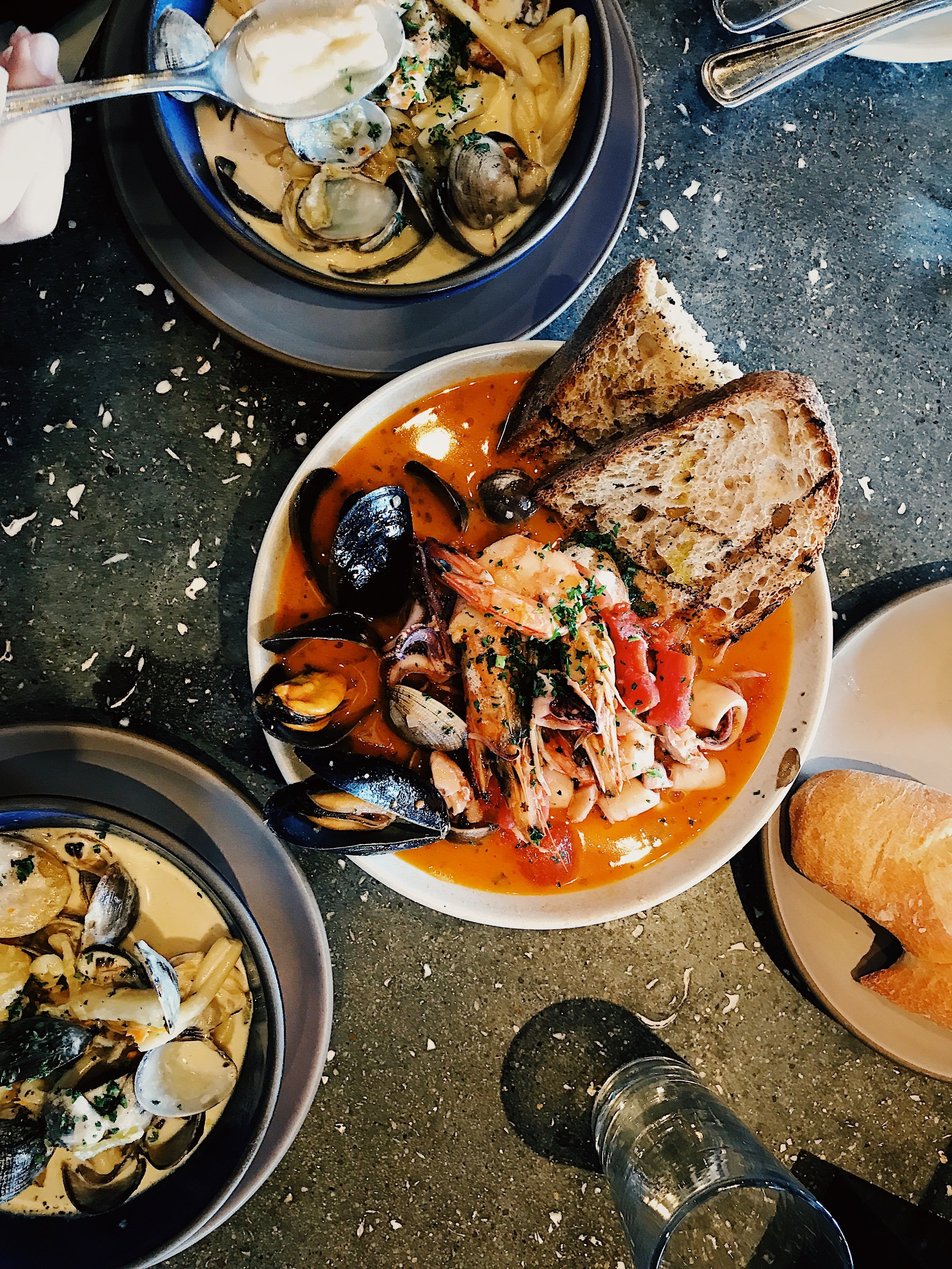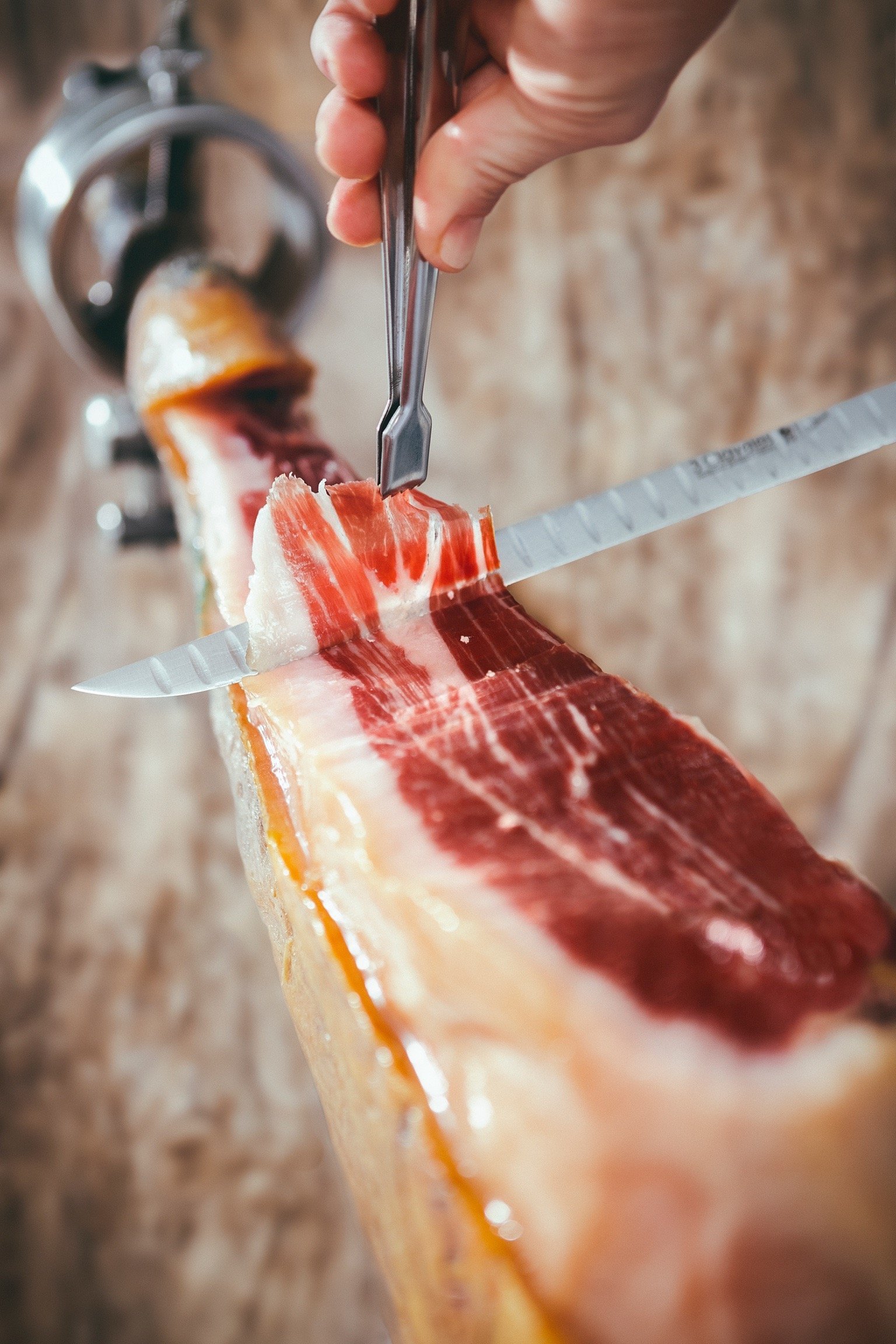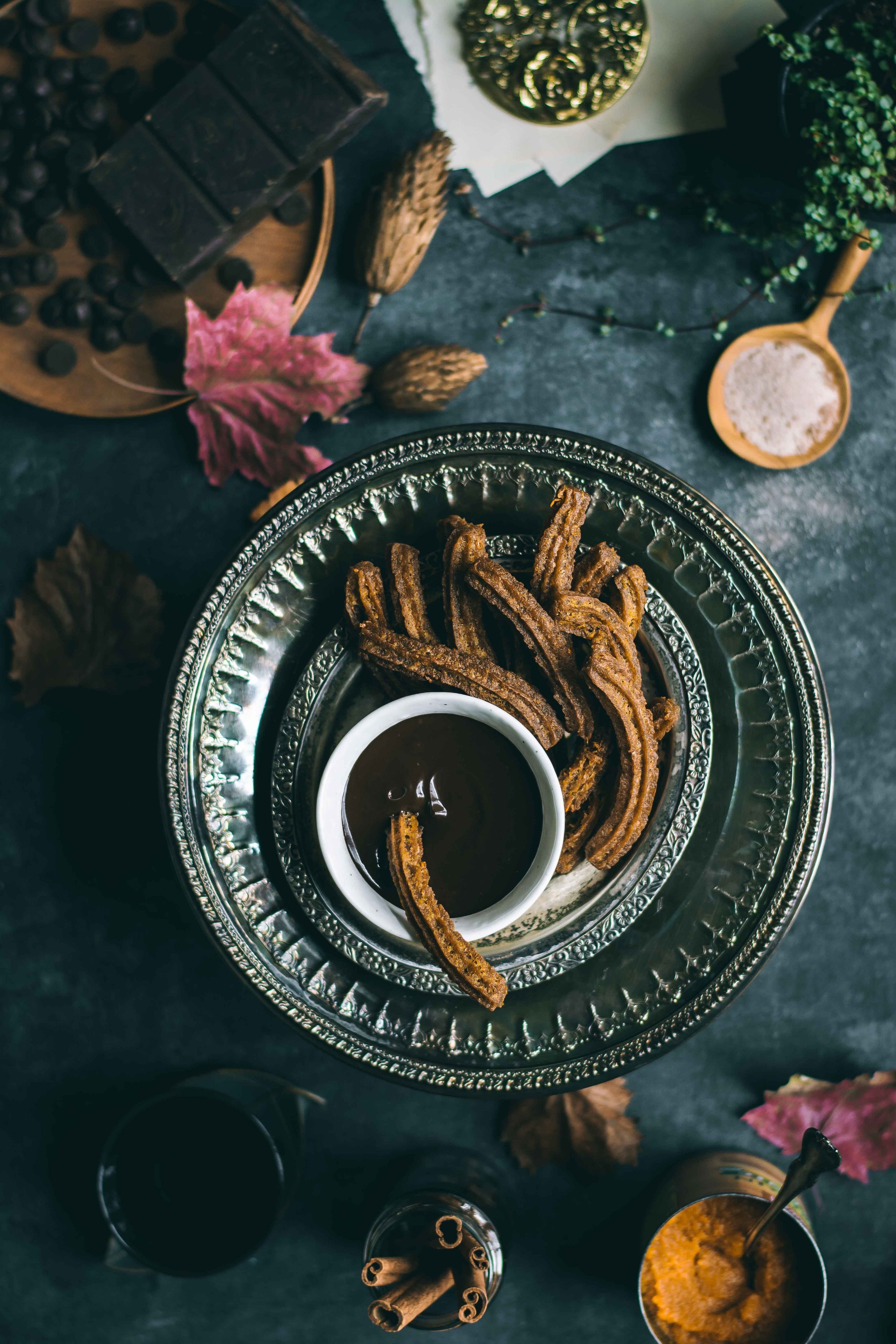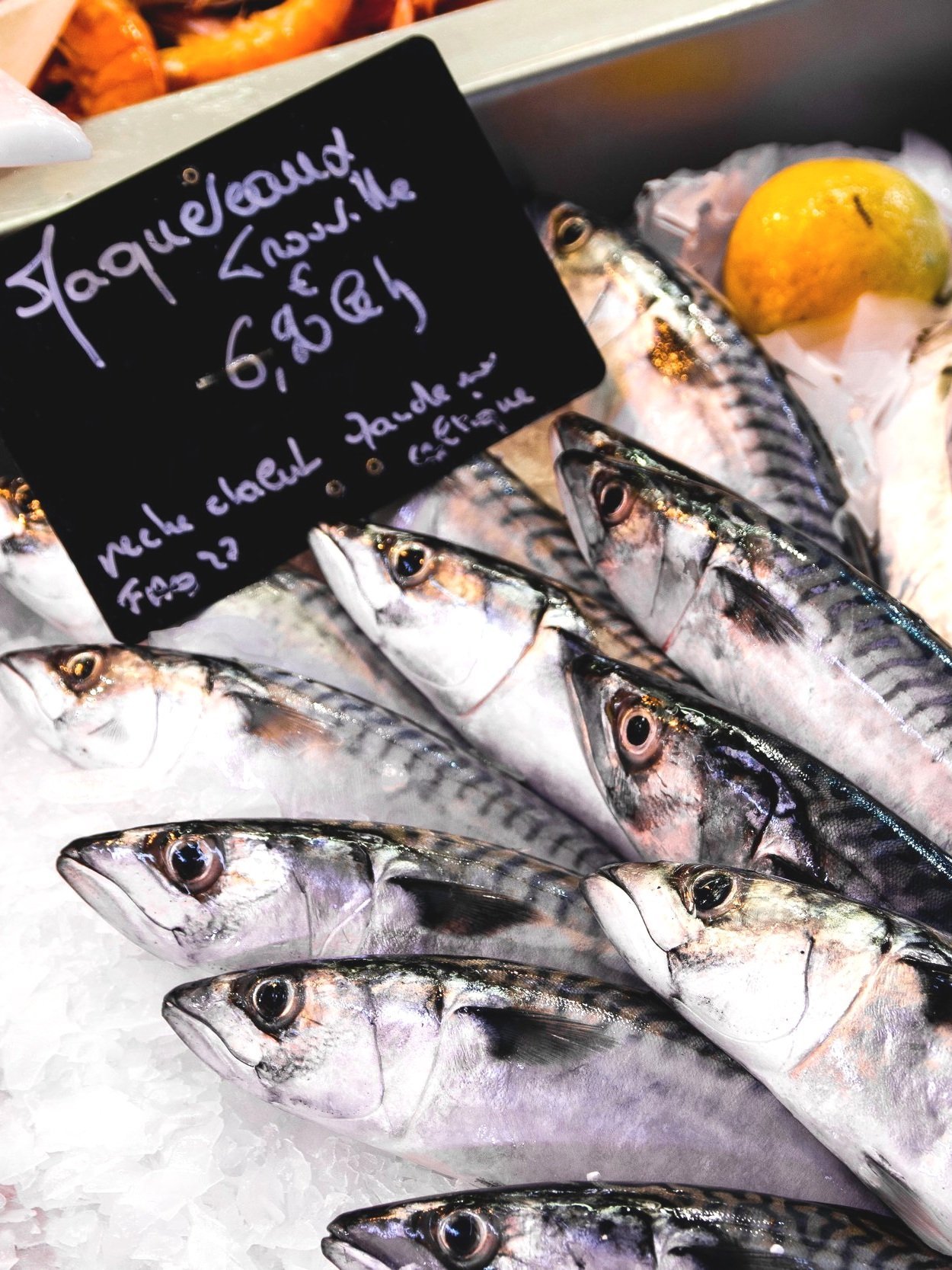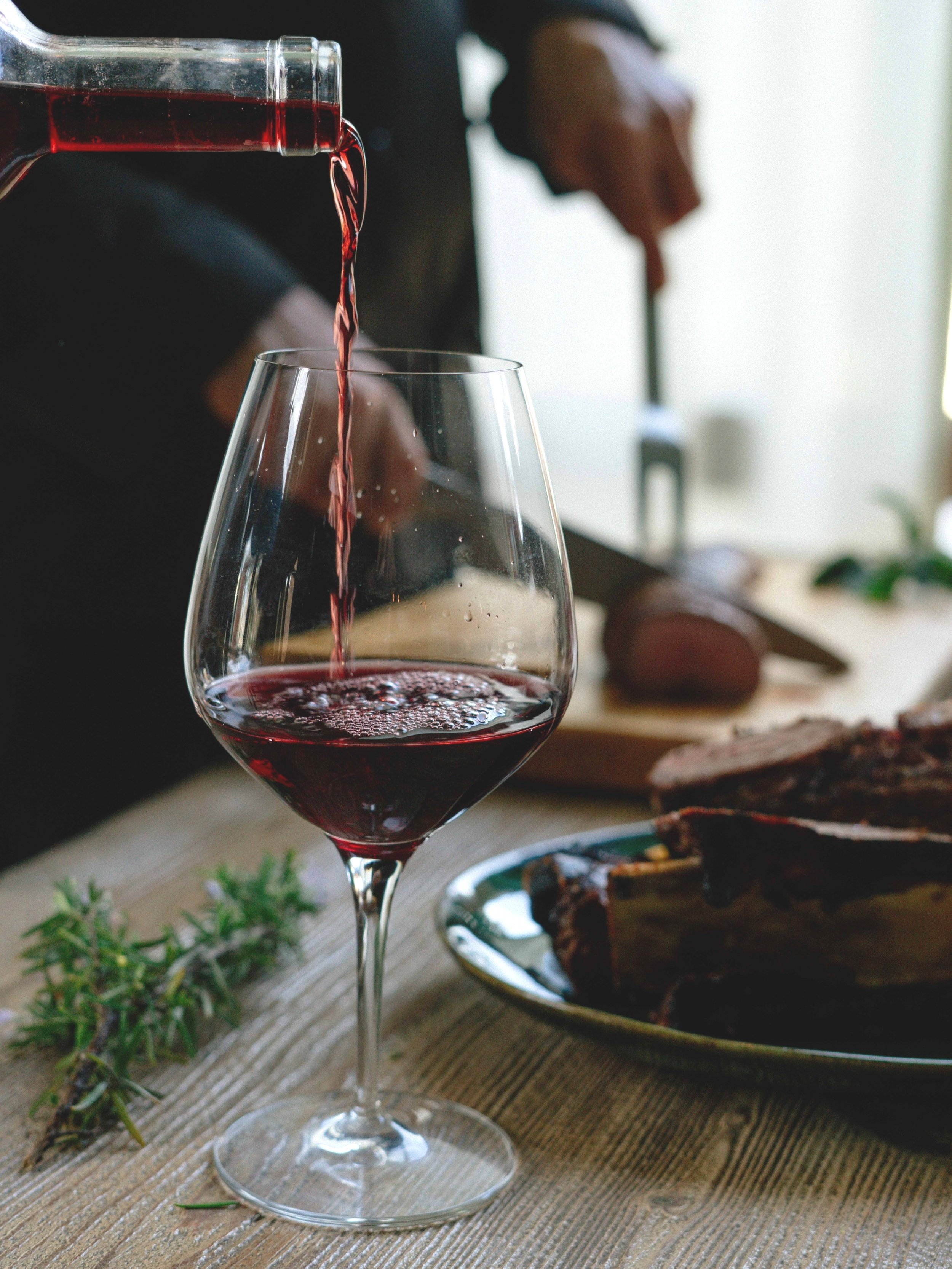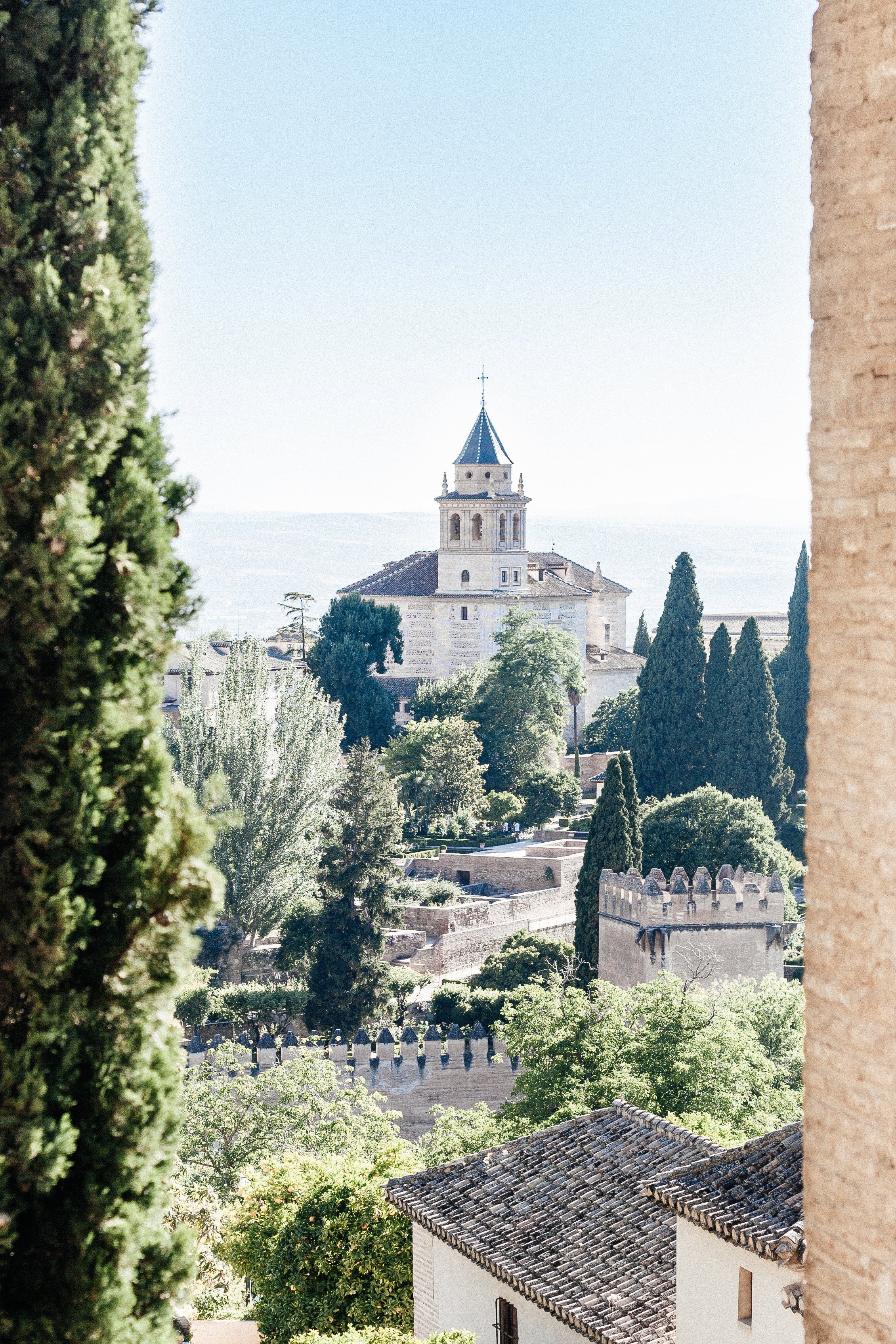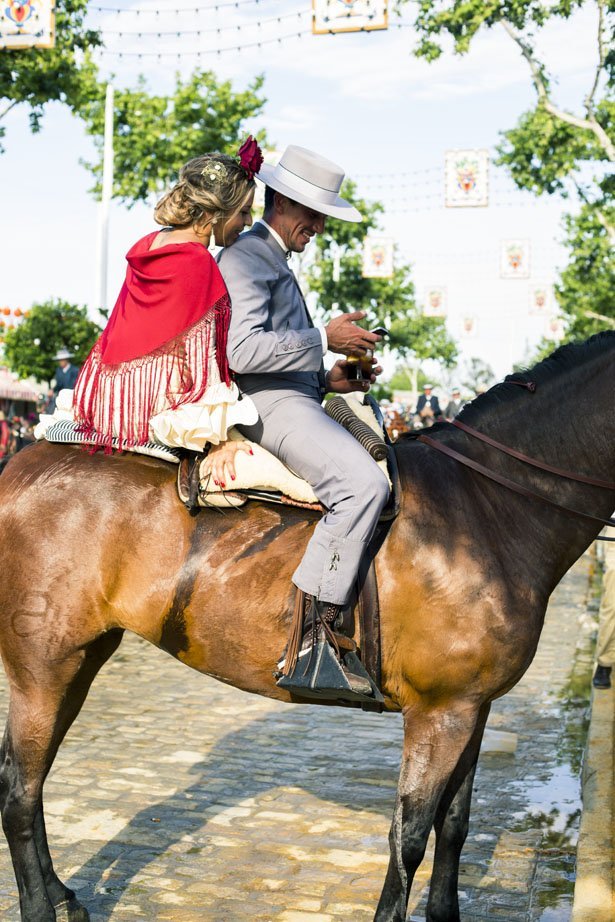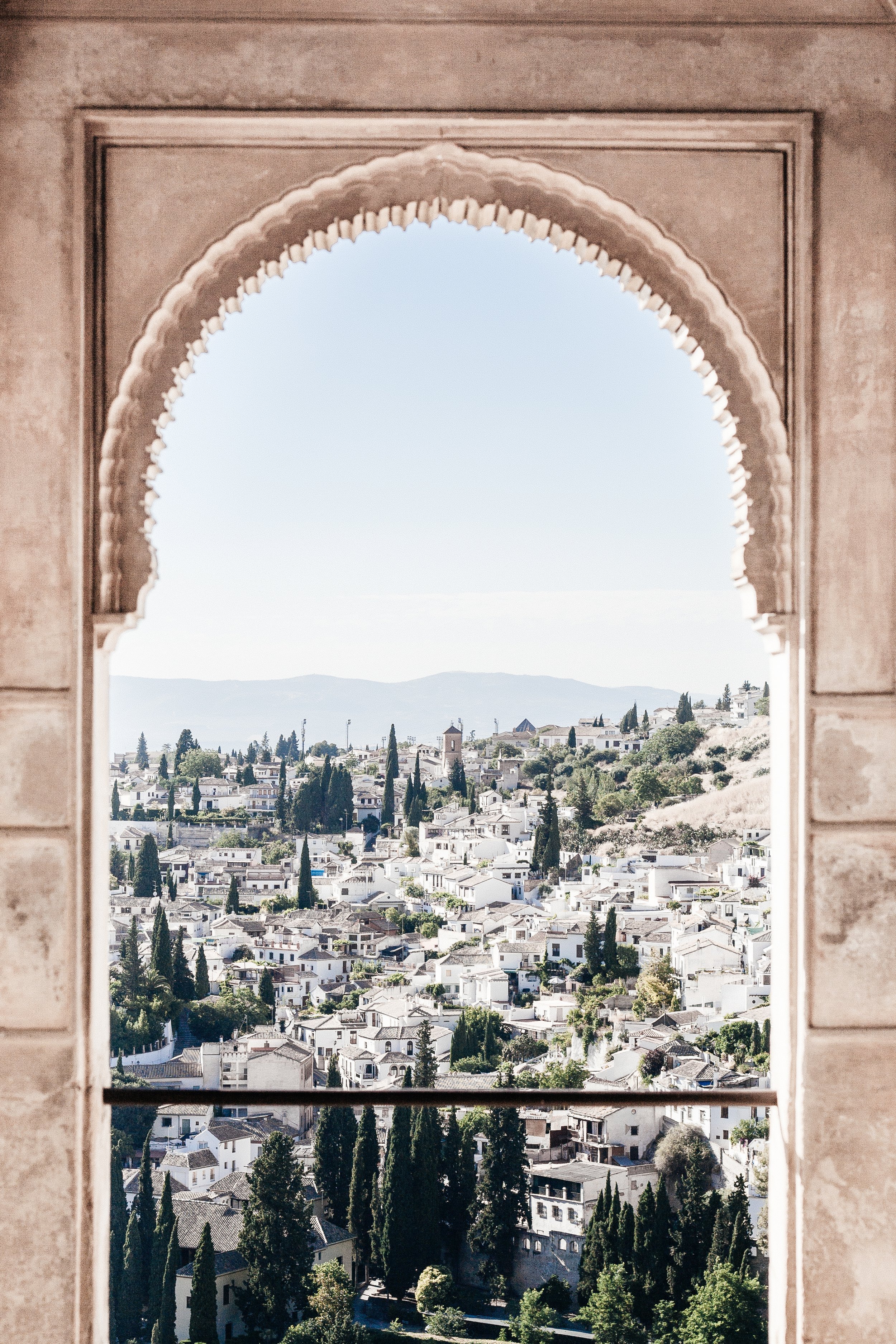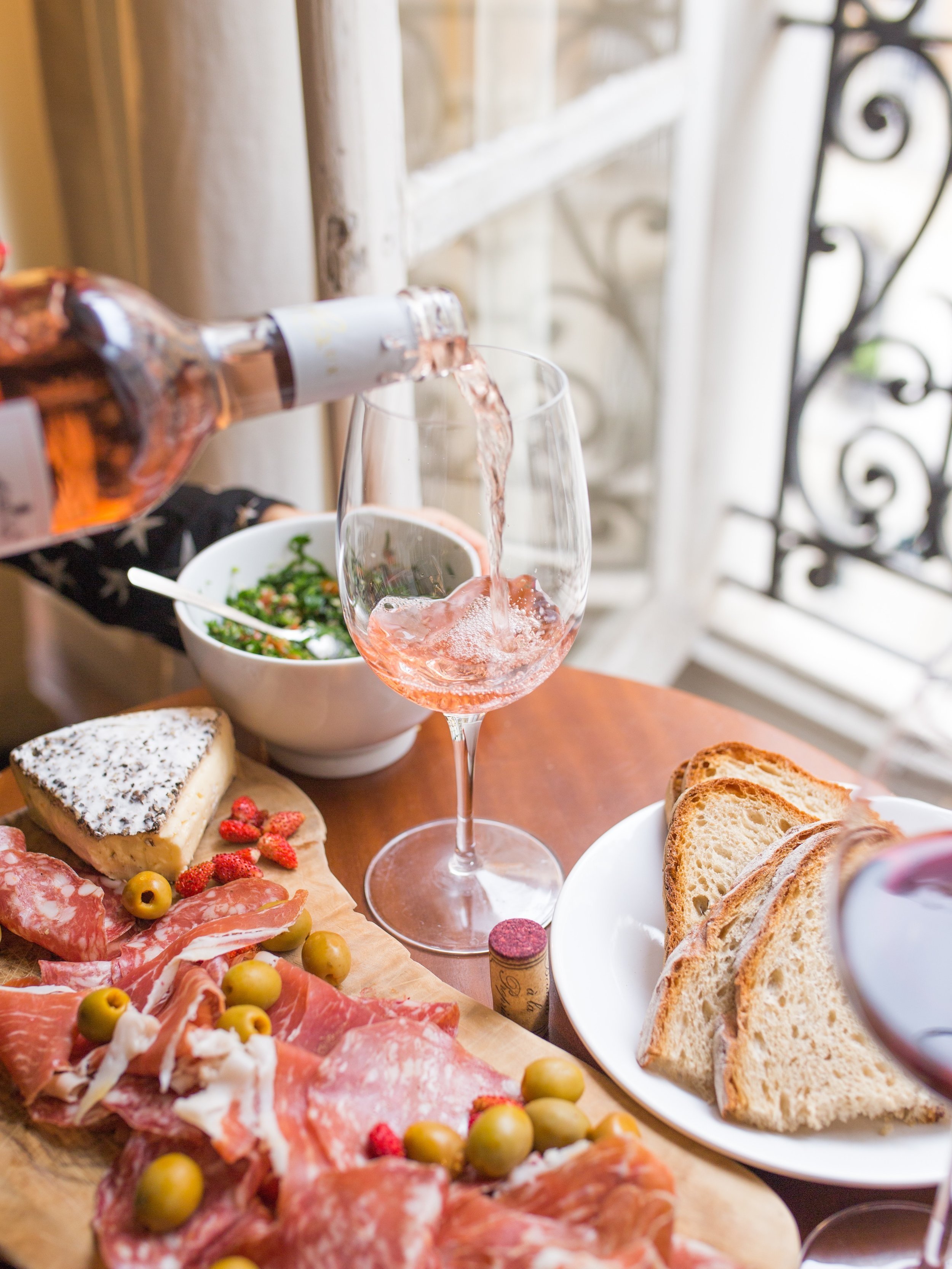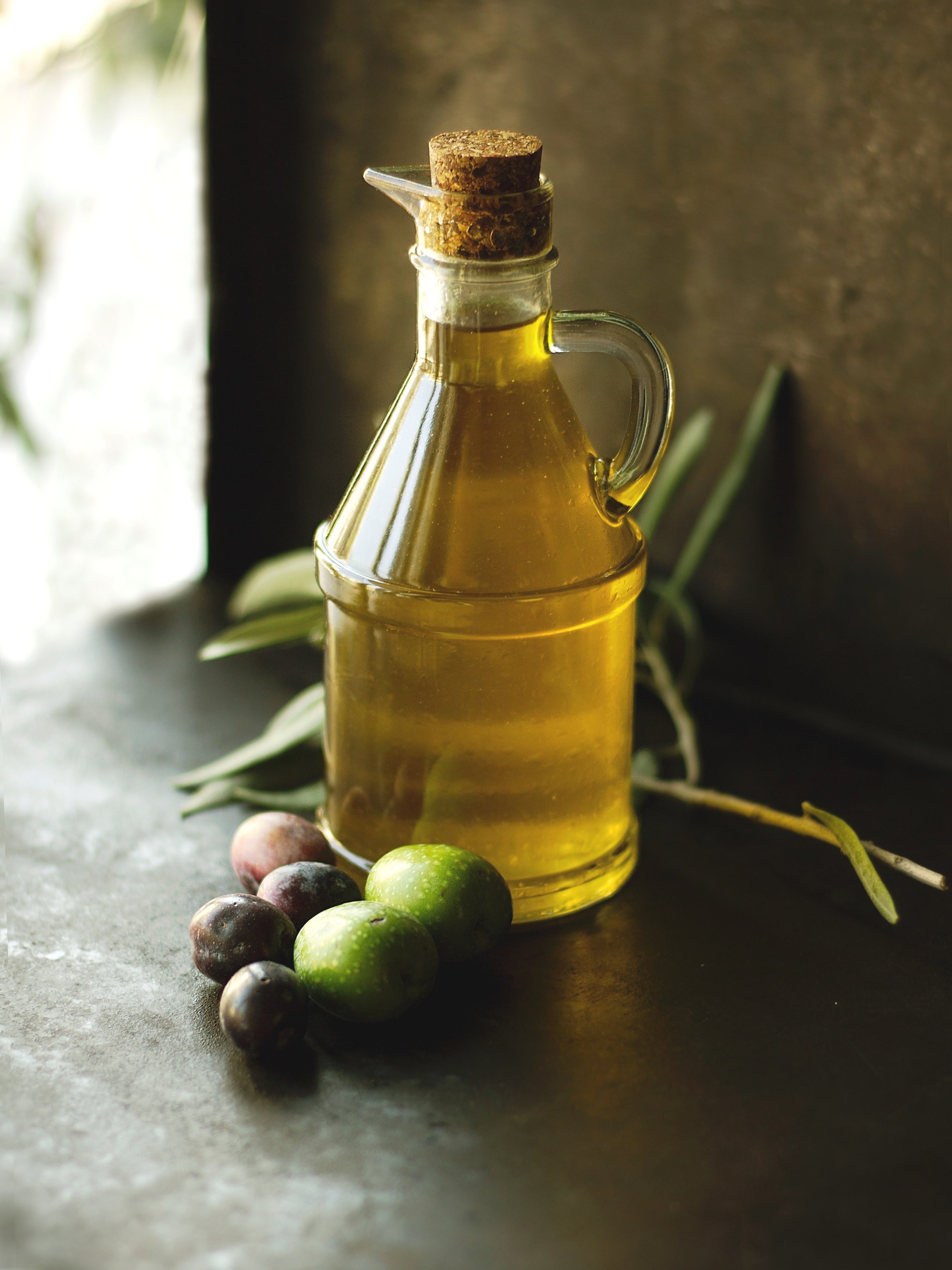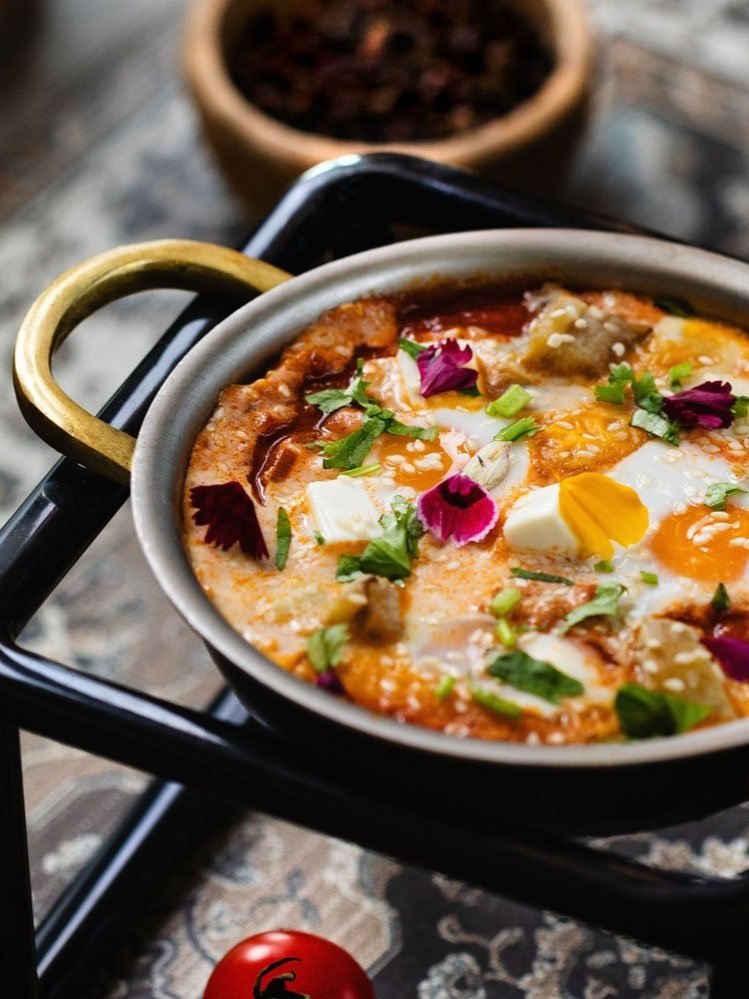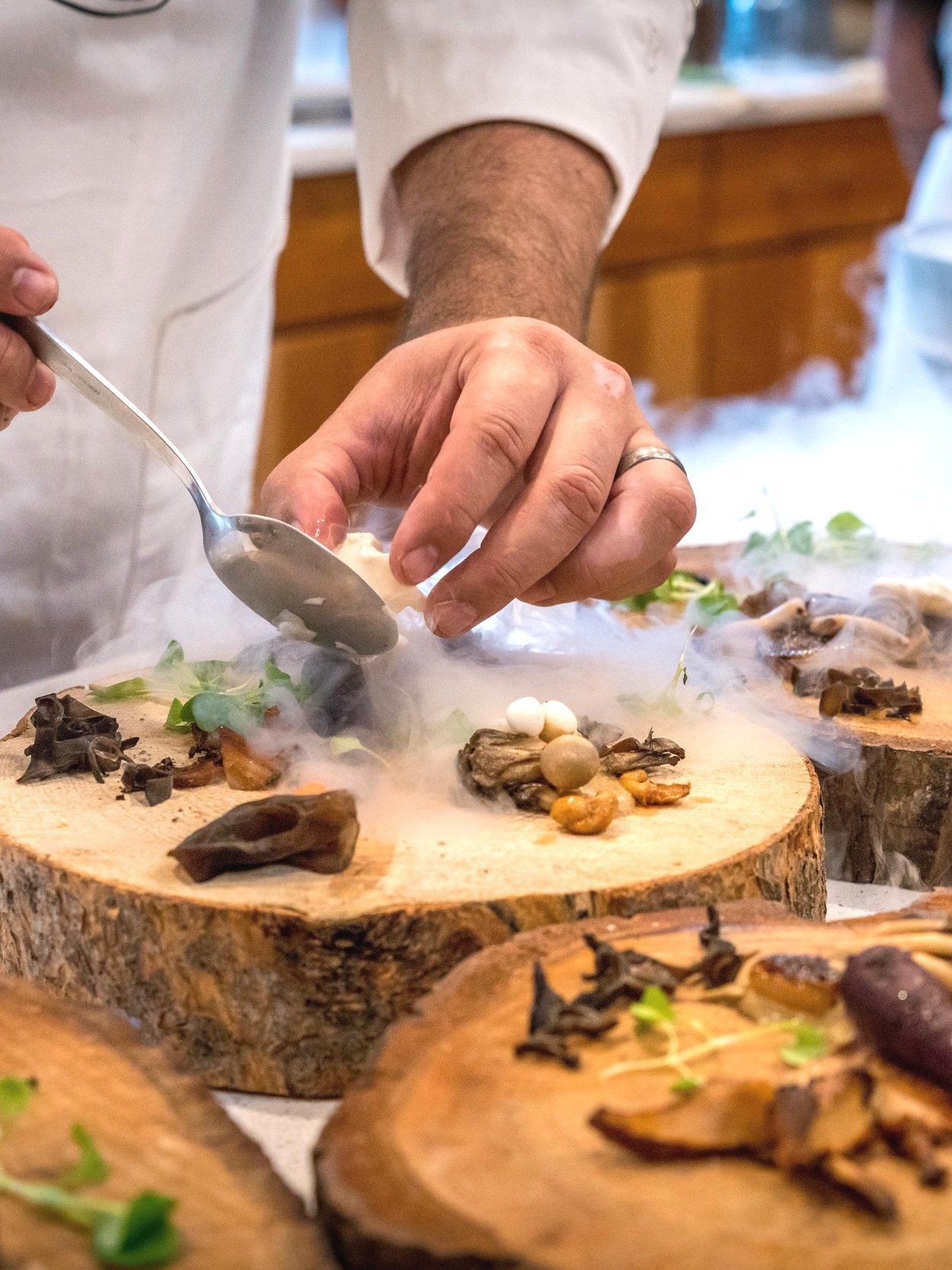Taste of Spain
Taste of Spain
Photos by Josefina Di Battis, Sarah Casewit, Cloris Ying, Tina Dawson, Veronika Hradilova, Martijn Vonk, Ferran Freixas.
Words by Dana Ter
Fancy a steaming pan of paella in an old courtyard fitted with towering ferns? How about seafood tapas and red wine on the Atlantic Coast? Spain has a gastronomic history as rich and diverse as its quiet pastoral hills of the north and the sunny stretch of Andalusia, the beating heart of the flamenco dance with its vivid movements.
Over the centuries, different peoples passed through the Iberian country, bringing with them various food traditions. The Greeks introduced olives, and the Moors, rice and spices, and the pairing of nuts and fruits with meat. With ingredients centering on olives, cured meats, seafood, and, of course, luscious wine, the food of Spain is simply amazing.
You’ll find Michelin-star dining along the moody shores of San Sebastian, colorful-tiled tapas bars that unfold into cobbled streets in Seville, and sprawling mercados all around the country where vendors sell fresh vegetables, sardines and fruits. Dinner parties, modest yet extravagantly tasty, stretch into the early hours of the morning.
Food brings us nourishment and happiness and it’s the key to unlocking many aspects of a country. In our curated journey, “Dish by Dish,” we travel all corners of Spain eating, cooking, and learning about food, starting in the capital, Madrid, traversing north to Basque Country, south to Andalusia and ending in Barcelona. ¡Buen provecho!
Madrid: Ham, Cheese and More
Packed with centuries-old royal palaces, Gothic cathedrals and museums preserving the best of Renaissance art, breakfast in Madrid is sinful churros dipped in hot chocolate, something sweet and fitting. We’ll stay at the Hotel Orfila, a converted late 19th-century palace with a restaurant helmed by a two-Michelin star chef.
Traditional butcher shops line the streets of Madrid, savory smells of meat wafting and tempting passersby. We’ll explore the capital through an enticingly simple food pairing – ham and cheese. In a workshop with a master carver, we learn how to carve our own rich and nutty Iberico ham which has a long curing process of two to four years.
Also of wonder are the artisanal, family-run cheese-making workshops. To balance the savoriness of Iberico, we have Manchengo, a sweet and fruity unpasteurized cheese made with sheep’s milk procured from the pastures of central Spain. In the workshop, we’ll become experts at pairing these hams and cheeses with red wines.
Basque Country & Rioja: Vineyards and Secret Societies
Framed by tall verdant mountains and the Bay of Biscay, the coastal town of San Sebastian is home to the highest concentration of Michelin-starred restaurants in the world. The Akelarre is a gray stone-clad hotel overlooking the Cantabrian Sea with an ethos of nourishing guests with the finest cuisine – it has its own three Michelin star restaurant.
Using the hotel as an introduction to Basque Country cuisine, we’ll journey to local villages and vineyards. Accompanied by a sommelier, discover the sun-drenched valleys of La Rioja, Spain’s most famous wine region. Some of the hundreds of wineries predate the churches and still retain their stone wine presses. Whether your preference is rich and full-bodied or light and crisp, we’ll pick two family-run wineries based on your taste for a morning of wine tasting followed by a delicious lunch of chorizo and lamb chops.
Also a Basque Country tradition is secret food societies, a refuge for members to bond over good food and drinks. We’ll spend a morning sourcing food from Mercado de la Bretxa, and under the guidance of a culinary master, learn to cook a full Basque meal at one of these societies. Codfish? Tuna pot stew? Wine? Yes, yes and yes.
Andalusia: Tapas and Olive Oil
Sweltering Seville with its Christian and Muslim influences, magical gardens splashed with mazes and glittering tile palaces, is home to many wonderful customs – folklores, the lively flamenco dance and guitar music, and Andalusia tapas. We’ll embark on an expert-led walk to some of the best tapas bars, based on your personal preference. There are plenty to choose from – meat-centric to seafood, hot or chilled, with bread or without.
From Seville, we sojourn to the olive oil farms of the Andalusian countryside and stay at Hacienda San Rafael, a rustic converted olive grove estate swathed in lush greenery. Olive oil is an essential ingredient in the Mediterranean diet, and with a local olive oil expert, we’ll learn about picking and harvesting olives, go on a private tour of an olive mill and end with a session of gourmet olive oil tasting.
Barcelona: Markets and Coastal Culture
The Catalan city of colorful mosaic tiles and otherwordly architecture have inspired generations of architects and artists, including Gaudi and Picasso. It’s in this kaleidoscope that we’ll discover some of the best restaurants in Barcelona. Brunch in Barcelona is a joyous affair, so is wandering the food markets. Anchovies and artichokes are main ingredients in Catalan cuisine and this, along with fresh veggies, spices, herbs and more in all shapes and textures are found in Santa Caterina and Boquería markets. Indeed, a visit to a mercado is one of the top things to do in Barcelona.
Some of the best tapas in Barcelona are found outside of the city and we’ll visit the idyllic resort town of Costa Brava with its turquoise waters. There is Salvador Dali’s house, a botanical garden with over 1,000 plant species and more than a dozen Michelin-star restaurants serving Catalan specialties from rice dishes to seafood.
Savoring tapas never ends and we’ll continue with tapas and wine on the terrace of the Cotton House back in the city, formerly a cotton house manufacturer and one of the best hotels in Barcelona. There’s something to satiate every palate – Spain awaits!




